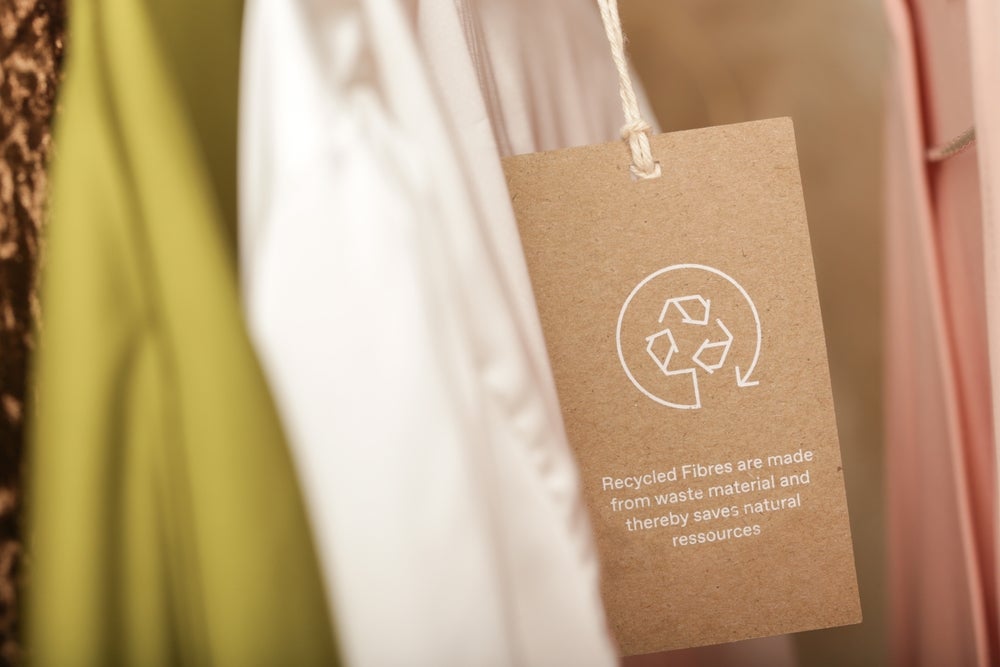ZDHC explained that the initial version of the guidelines is focused on sensitising the industry, enabling suppliers to establish their baselines and gain a comprehensive understanding of air emission requirements, rather than testing.
Future versions of these guidelines will also include testing.
According to the firm, the ZDHC Air Emissions Guidelines V1.0 marks a significant milestone in ZDHC's mission to enhance environmental responsibility across the global supply chain.
These guidelines are built on the foundation set by the ZDHC Air Emissions Position Paper, published in 2019, and underscore ZDHC's commitment to promoting sustainable practices through continuous improvement.
What is the ZDHC Air Emissions Guidelines V1.0
The focus within these guidelines is on input chemistry management to lead to a cleaner output (air pollution).
For greenhouse gases, ZDHC has made a conscious decision to align these guidelines with existing industry efforts to avoid unnecessary duplication:
For suppliers:
- Gain valuable insight into suppliers' VOC and GHG emissions current performance.
- Establish effective VOC emissions practices and progress from Foundational to Aspirational Levels.
- Demonstrate suppliers' commitment to sustainability
For brands:
- Empowers brands' supply chains to adopt cleaner manufacturing processes to improve air emissions
- Map brands' supply chain's current status quo for VOC and GHG emissions.
- Build on brands' sustainability commitments/goals.
ZDHC added that the development of these guidelines follows a deliberate, phased approach. In this initial version, the firm's focus is on input formulations with Volatile Organic Compounds (VOC) content, with greenhouse gases (GHG) not being the focus point given the extensive efforts by others in the industry setting the requirements.
ZDHC expects facilities to comply with these existing requirements and report their data accordingly.
Additionally, ZDHC is urging brands to share these guidelines with their supply chains and encourage their suppliers to calculate their baselines and monitor their air emissions discharges: "Suppliers are encouraged to familiarise themselves with the guidelines, actively monitor their air emissions, and record their data on the ZDHC platform."
Earlier in August, Cascale (previously known as the Sustainable Apparel Coalition) and ZDHC Foundation shared they were collaborating to align and advance environmental sustainability in fashion and the wider consumer goods industry.















